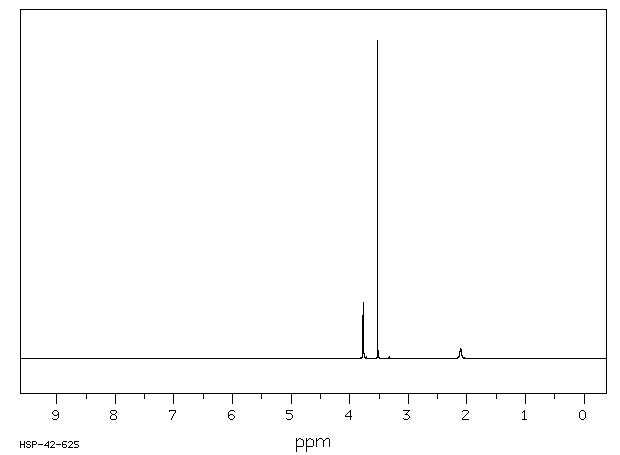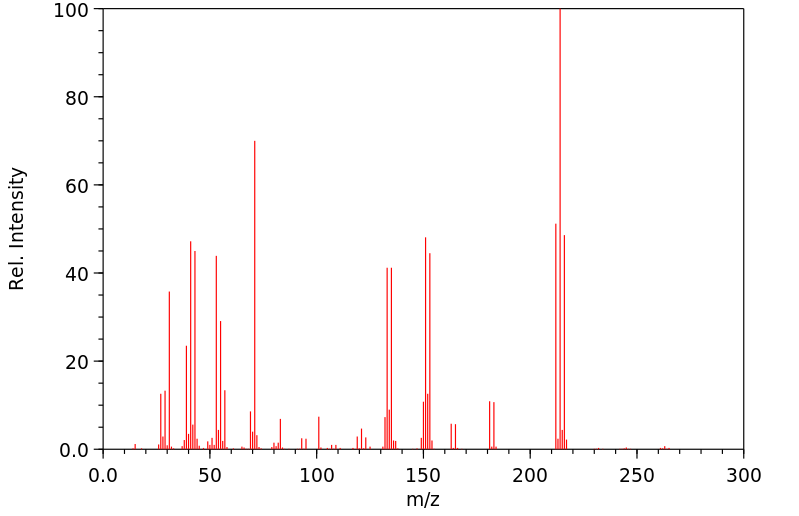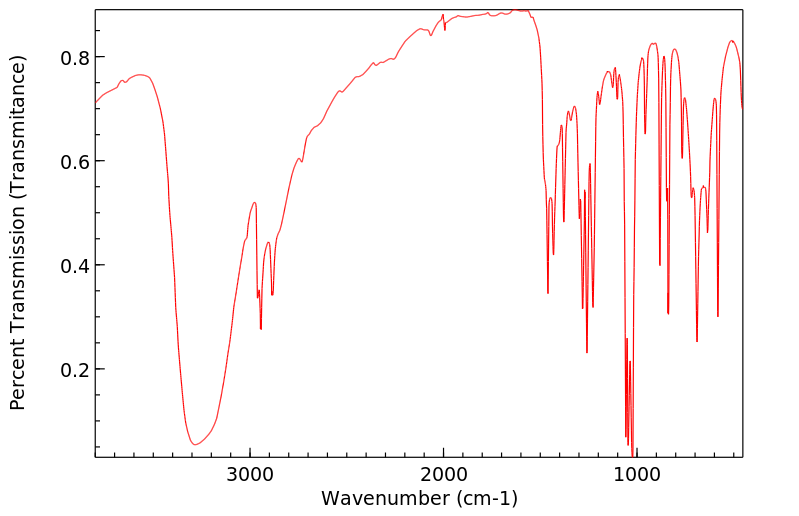代谢
在为期2年的生物分析中,2,2-双(溴甲基)-1,3-丙二醇(BMP)在大鼠和小鼠中被证明是一种多点致癌物。因为在大鼠体内,葡萄糖苷酸化是BMP的关键代谢转化,所以在这项研究中,比较了几个物种的体外肝脏葡萄糖苷酸化BMP的能力。此外,还确定了人类肠道微粒体和特定的人类肝脏UDP-葡萄糖苷酸转移酶(UGT)酶对BMP的葡萄糖苷酸化活性。为了探索BMP可能的其它代谢途径,使用大鼠和人类肝细胞进行了研究。在存在UDP-葡萄糖醛酸的情况下,将肝脏微粒体与BMP一起培养,形成了BMP单葡萄糖苷酸。BMP的肝脏微粒体葡萄糖苷酸化活性的顺序是:大鼠、小鼠 >> 仓鼠 > 猴子 >>> 人类。大鼠肝脏微粒体的葡萄糖苷酸化速率是人类肝脏微粒体的90倍。人类肠道微粒体将BMP转化为BMP葡萄糖苷酸的速率甚至低于人类肝脏微粒体。在测试的人类UGT酶中,只有UGT2B7对BMP具有可检测到的葡萄糖苷酸化活性。当BMP与新鲜分离的F-344雄性大鼠肝细胞悬液或冷冻保存的人类肝细胞一起培养时,形成的唯一代谢物是BMP单葡萄糖苷酸。人类肝细胞对BMP的葡萄糖苷酸化非常低。总的来说,这些结果支持大鼠的体内研究,其中BMP葡萄糖苷酸是唯一发现的代谢物。人类对BMP的葡萄糖苷酸化能力较差,这表明BMP在人类中的药代动力学特征将与啮齿类动物截然不同。
In a 2-year bioassay 2,2-bis(bromomethyl)-1,3-propanediol (BMP) was shown to be a multisite carcinogen in rats and mice. Because glucuronidation is the key metabolic transformation of BMP by rats, in this study the in vitro hepatic glucuronidation of BMP was compared across several species. In addition, the glucuronidation activities of human intestinal microsomes and specific human hepatic UDP-glucuronosyltransferase (UGT) enzymes for BMP were determined. To explore other possible routes of metabolism for BMP, studies were conducted with rat and human hepatocytes. Incubation of hepatic microsomes with BMP in the presence of UDP-glucuronic acid resulted in the formation of a BMP monoglucuronide. The order of hepatic microsomal glucuronidation activity of BMP was rats, mice >> hamsters > monkeys >>> humans. The rate of glucuronidation by rat hepatic microsomes was 90-fold greater than that of human hepatic microsomes. Human intestinal microsomes converted BMP to BMP glucuronide at a rate even lower than that of human hepatic microsomes. Among the human UGT enzymes tested, only UGT2B7 had detectable glucuronidation activity for BMP. BMP monoglucuronide was the only metabolite formed when BMP was incubated with suspensions of freshly isolated hepatocytes from male F-344 rats or with cryopreserved human hepatocytes. Glucuronidation of BMP in human hepatocytes was extremely low. Overall, the results support in vivo studies in rats in which BMP glucuronide was the only metabolite found. The poor glucuronidation capacity of humans for BMP suggests that the pharmacokinetic profile of BMP in humans will be dramatically different from that of rodents.
来源:Hazardous Substances Data Bank (HSDB)










